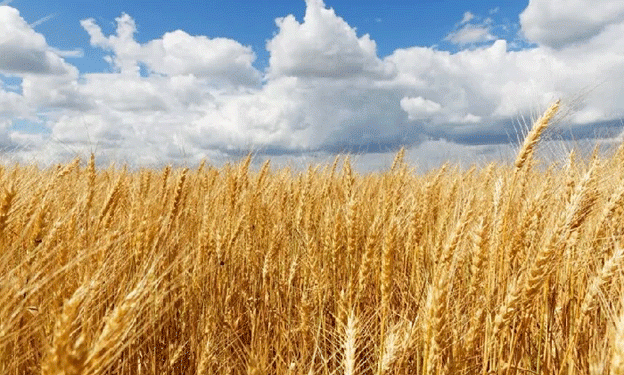In a significant achievement for Russian agriculture, Altai Krai agronomists have cultivated a rare and high-quality second-class durum wheat. This variety is crucial for the production of pasta due to its superior gluten content and overall grain quality. Specialists from the Altai branch of the Grain Quality Assessment Center have verified the wheat’s exceptional properties through rigorous laboratory testing as part of a government quality monitoring initiative.
The sample analyzed came from an agricultural enterprise in Klyuchevsky District and weighed 820 tonnes. Laboratory results showed a raw gluten content of 26%, a protein content of 13.98%, an average falling number of 306 seconds, a vitreousness level of 86%, and a specific weight of 788 g/L. These characteristics make it ideal for pasta manufacturing, as high-gluten wheat provides a robust dough texture and requires more water for proper hydration.
The Value of High-Quality Durum Wheat
Durum wheat, used for making pasta, is fundamentally different from softer wheat varieties used in bread baking. It boasts a high gluten concentration, which enhances dough elasticity and firmness, essential for quality pasta. Conversely, softer wheat varieties contain higher starch levels, resulting in a tender and airy crumb structure ideal for bread and pastries.
Selecting between durum and soft wheat goes beyond product texture and involves understanding their distinct cultivation and processing needs. Durum wheat’s robust structure includes sturdier stems and a dense grain husk, making harvesting and milling more complex. However, its resistance to diseases and reduced risk of shattering before harvest are significant agronomic advantages. Successful cultivation requires meticulous soil preparation, crop rotation practices, and, ideally, planting in fields where the soil has had time to rejuvenate.
Historical and Current Context
In the era of the Soviet Union, durum wheat was cultivated in roughly ten regions, including Altai Krai. Today, the main cultivation areas have shifted to regions such as Chelyabinsk, Saratov, Orenburg, Kurgan, and the Republic of Bashkortostan. Despite these shifts, Altai remains a critical player in wheat production.
According to data from the Altai Grain Quality Assessment Center, by the end of October, the breakdown of durum wheat analyzed (nearly 53,000 tonnes) showed that 34.7% was third class, 49.1% was fourth class, 14.6% was fifth class, and only 1.6% belonged to the rare second class.
The Challenges of Growing Premium Wheat
Producing high-grade durum wheat is resource-intensive, requiring fertile soil, careful crop rotation, and significant pest and disease management efforts. However, the payoff is substantial for farmers, as demand for quality pasta products is robust both domestically and globally. With changing climate patterns and evolving agricultural practices, cultivating resilient and high-yield varieties remains an ongoing challenge but also a promising opportunity for grain producers.
The successful cultivation of second-class durum wheat in Altai Krai highlights the potential for Russian agriculture to meet rising global demand for high-quality pasta ingredients. As farmers and agronomists continue to adapt to environmental and market challenges, the focus on quality and sustainability will be crucial for future success.
Error




